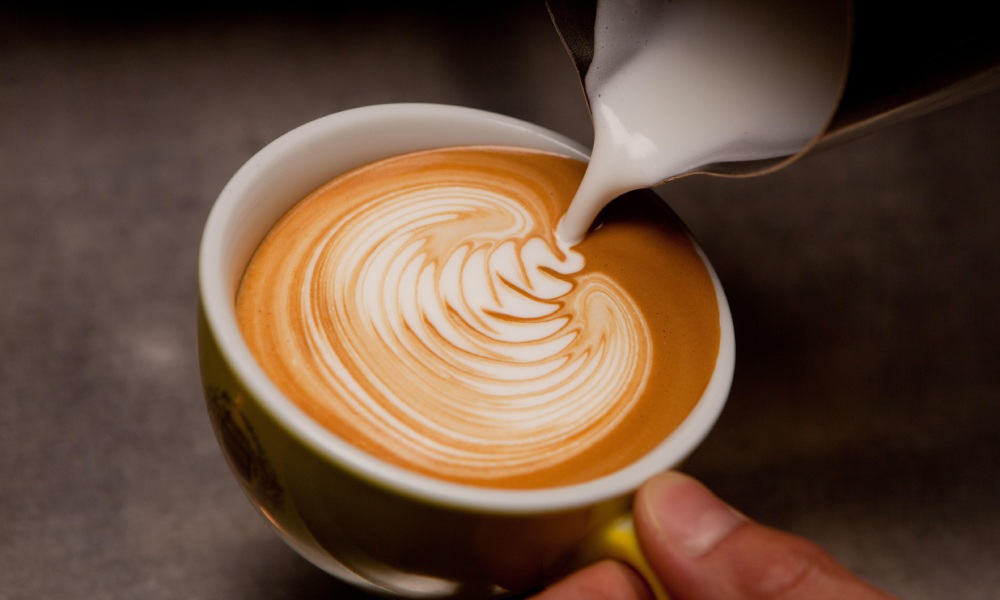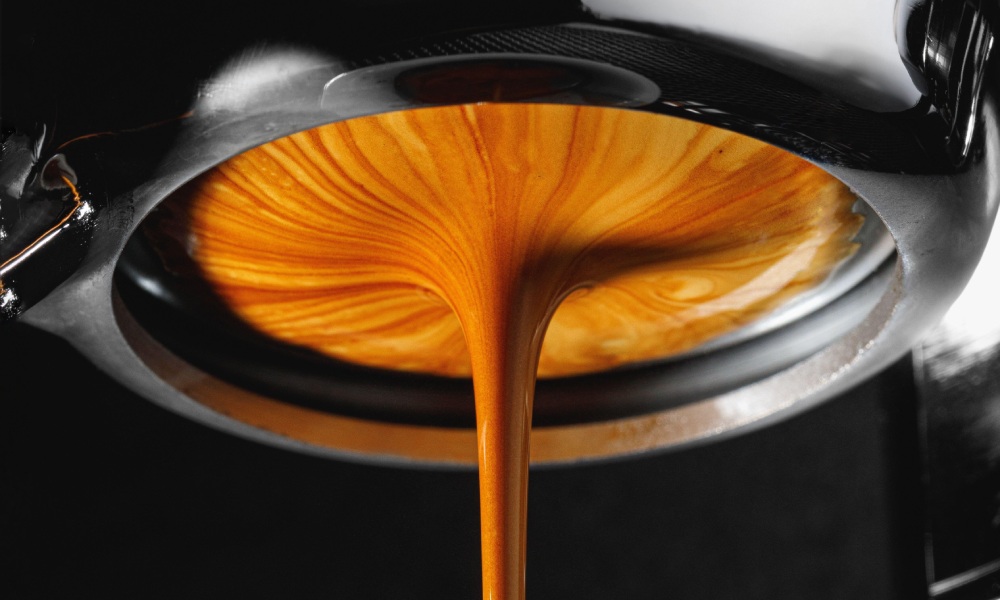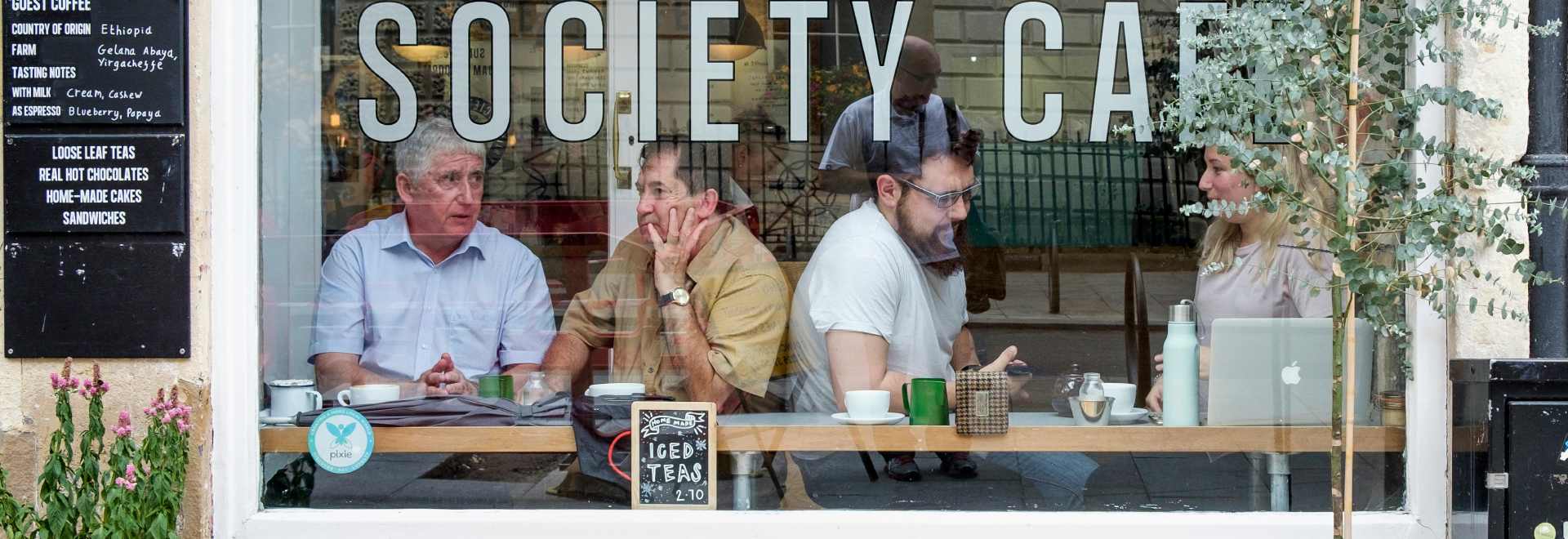When will we see more robusta in coffee shops?
Robusta has been a big part of the conversation in recent years. Jenna Gottlieb speaks with Cleia Junqueira about when we will actually begin to see robusta in coffee shops.
In recent years, robusta has emerged as the saving grace for the coffee industry.
It’s been recognised as a species capable of withstanding the impacts of climate change – able to survive warmer temperatures and resist pests and diseases. As the availability of land suitable for growing arabica diminishes, it is increasingly regarded as a viable long-term alternative.
At the same time, rising costs are squeezing roasters’ profit margins. This has, in part, made robusta more attractive because it is cheaper to produce – especially in comparison to arabica. “The higher demand for robusta is, in part, because of the high prices of arabica in past years,” says Cleia Junqueira, coffee consultant and Q robusta grader.
Once disregarded as an inferior species by the specialty coffee community, robusta is now being hailed as the industry’s potential saviour. This conversation has been loud and difficult to ignore in recent times.
But when will this materialise – when will we start to see robusta in coffee shops?

Fine robusta
In recent years, fine robusta has improved in terms of quality and how sustainably it’s produced. Despite this, its presence in specialty coffee shops is still uncommon. According to Cleia, there hasn’t been enough education on what is a relatively new species for the sector.
“It will be through education to include fine robusta in shops,” says Cleia. “Once roasters, coffee shop owners, and baristas start to better understand fine robusta and the quality that has been added to the process post-harvest, they may start to add it to their product portfolios.”
Having said this, there are specific examples of specialty coffee companies leading the way. “Fine robusta is as complex as a special arabica, and some specialty coffee shops and roasters have started to offer and run coffee tastings,” says Cleia. “Some of them offer 100% fine robusta for espresso.”
However, given the considerable attention robusta has received in recent years, its presence (or lack of) in coffee shops doesn’t seem to align with the ongoing campaign for it in the broader industry. There appears to be a disconnect between the robusta conversation and its actual existence in coffee shops.
“I believe there is a disconnect,” says Cleia. “The biggest challenge is to add fine robusta to the market.”
Sneaking into blends
The shift might be occurring subtly. Robusta is becoming more common in blends, used by roasters to balance the sharp acidity often found in arabica, while contributing to an overall creamier mouthfeel.
“Fine robustas are always being found in blends,” she says. “The quality is so high that end consumers don’t notice at all. Unfortunately, the use of robusta is to make it cheaper most of the time and increase profits.
“Usually, those who ask for robusta to be put into blends are clients wanting to pay less for a kilo of roasted coffee. In this context, it’s about volume and price, not quality.”
As such, the main motivation is often saving costs. While this is understandable, it may explain why many coffee shops are hesitant to openly announce that they are using robusta – despite the broader movement towards it.

Has specialty coffee really accepted robusta?
Furthermore, robusta is no longer the budget alternative to arabica it once was. Prices have risen substantially in recent months. In its June 2023 report, the ICO highlighted that robusta prices reached their highest point in 28 years.
This situation has been exacerbated by supply-related issues resulting in a worse crop year for robusta than expected – a record deficit of 5.6 million bags is expected.
Roasters now find high prices deterring them from robusta as it’s not the significantly cheaper alternative to arabica it once was. As such, the transition to robusta is now being hindered by the same factor that once drove it.
However, the disconnect might run deeper than that. The specialty coffee sector has criticised robusta’s flavour attributes for over two decades, branding it as an inferior species with undesirable cup qualities.
Now the sector has shifted its stance, overcoming the long-held bias against robusta might not be that simple. Promoting it as a better option for coffee farmers in the future is one thing; incorporating it into your coffee menu is another.
Ongoing investment and research in robusta is likely to lead to improved quality over time, potentially increasing its presence in specialty coffee shops. However, many brands are reluctant to be perceived as compromising on quality – which means that the shift to robusta might be a slower reality than expected.








